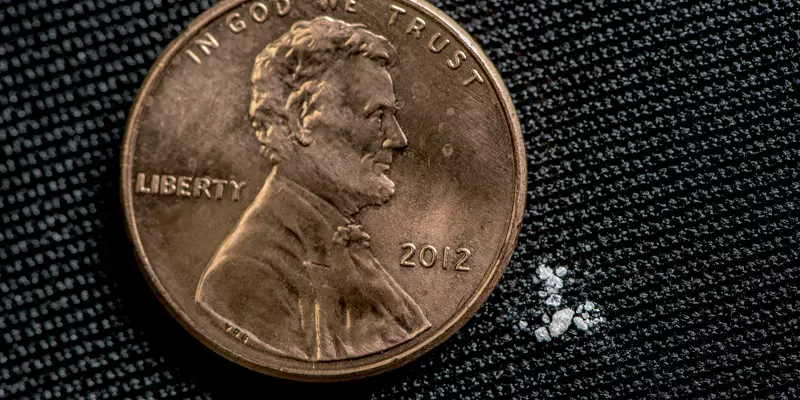NIST is working to strengthen forensic practice through research and improved standards. Our efforts involve three key components:
Science
We conduct scientific research in several forensic disciplines, including DNA, ballistics, fingerprint analysis, trace evidence, and digital, among others. We provide physical reference standards and data that help forensic laboratories validate their analytical methods and ensure accurate test results.
We also support CSAFE, a NIST Center of Excellence in Forensic Science, which is working to develop new statistical methods for use in evidence examination
Practice
We administer the Organization of Scientific Area Committees for Forensic Science (OSAC), which is facilitating the development of science-based standards and guidelines for a broad array of forensic disciplines.
What Is Forensic Science?
Forensic science is the use of scientific methods or expertise to investigate crimes or examine evidence that might be presented in a court of law. Forensic science comprises a diverse array of disciplines, from fingerprint and DNA analysis to anthropology and wildlife forensics. Though they represent varied disciplines, all forensic scientists face a common set of challenges. How do you ensure that forensic methods produce reliable results? How do you communicate findings to a jury or other nonexperts in a way that is accurate and understandable? How do you keep up with new technology without falling behind on casework? Meeting these and other challenges is critical to ensuring that forensic science remains a powerful force in support of justice and public safety.
Key Accomplishments
- Forensic SRMs: NIST develops standard reference materials (SRMs) for forensic science, including the Standard Bullet and the Human DNA Quantitation Standard. By helping to ensure that forensic labs produce accurate measurements when analyzing crime scene evidence, these SRMs contribute to public safety and fairness in the criminal justice system.
- Digital forensics: NIST’s National Software Reference Library is one of the largest publicly known collections of computer software in the world and includes a database of millions of digital signatures from known software files. That database is a critical tool for computer forensics experts and vastly speeds up the investigation of crimes involving digital evidence.
- Combating the opioid epidemic: Fentanyl and other synthetic opioids kill tens of thousands of Americans each year. NIST scientists have developed new tools that help police and forensic chemists save lives by detecting and identifying these drugs safely, efficiently and reliably.
- Forensic science standards: NIST is accelerating the development and adoption of high-quality, technically sound forensic science standards by administering the Organization of Scientific Area Committees for Forensic Science (OSAC). OSAC-approved standards define minimum requirements, best practices and standard protocols that help ensure that the results of forensic analysis are reliable and reproducible.
- Forensic DNA: NIST played a central role in developing the forensic DNA analysis techniques that have revolutionized crime fighting and have helped convict the guilty and exonerate the innocent. Among other things, NIST scientists have enabled enhanced DNA “fingerprints.”
Safe, Efficient, Reliable: New Science in the Fight Against Killer Drugs
“A new drug might appear, then three or six months later it’s gone, replaced by something new,” said NIST chemist and program manager Marcela Najarro. “It’s a totally different ballgame than 10 or 15 years ago.”
To help with that issue and others, NIST researchers are giving law enforcement and public health experts new tools to combat fentanyl and other synthetic drugs.
News and Updates
NIST Publishes Review of DNA Mixture Interpretation Methods
Blog Posts
Stay in Touch
Sign up for our newsletter to stay up to date with the latest research, trends, and news for Forensic Science.











